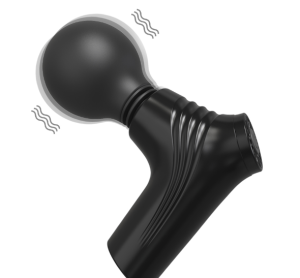In the ever-expanding realm of personal pleasure products, businesses continually grapple with the decision of whether or not to collaborate with an OEM adult toy manufacturer. The adult toys industry, like many others, has seen a surge in demand for customized and unique products. In light of this, Original Equipment Manufacturer (OEM) services can seem enticing for businesses aiming to launch their brand. This brings us to the fundamental question: is it cost-effective to embark on such a partnership?
The Advantages
- Expertise and Experience: Teaming up with an established adult toys manufacturer ensures that a business can tap into the knowledge and skills garnered over years of producing quality products. This can dramatically reduce the learning curve and minimize mistakes that are common with newcomers to the industry.
- Infrastructure and Resources: Manufacturers typically have the necessary machinery, facilities, and workforce in place. This can expedite production processes and ensure timely deliveries.
- Cost Savings: An OEM partnership often translates to bulk purchasing of raw materials, leading to economies of scale. This, in turn, can significantly reduce the cost per unit of the product.
The Considerations
- Loss of Control: Businesses might have to cede some control over the production process, as the manufacturer might have set methods and practices in place.
- Dependency: Relying heavily on a single manufacturer can be risky, especially if there are supply chain disruptions or if the manufacturer faces unforeseen challenges.
- Potential for Brand Dilution: With products being made in a facility that also manufactures for other brands, there's always a risk of product and brand overlap. This can dilute the unique selling proposition of a brand.
Weighing the Pros and Cons
When pondering over the idea of partnering with an OEM adult toy manufacturer, it is pivotal for businesses to weigh the pros and cons in relation to their specific needs, goals, and circumstances. While the cost savings and expertise provided by a manufacturer are undeniably advantageous, considerations such as loss of control and brand dilution cannot be overlooked.
However, for businesses that are clear about their brand identity and have robust quality control measures in place, collaborating with an OEM can indeed be a cost-effective strategy. It offers a quicker route to market, the benefits of established infrastructure, and the potential for substantial savings.
It's worth noting that not all manufacturers are created equal. Due diligence, research, and a thorough understanding of a potential partner's capabilities and track record are essential. By making an informed choice and ensuring alignment with the manufacturer's values and capabilities, businesses can indeed reap the benefits of a fruitful collaboration.
